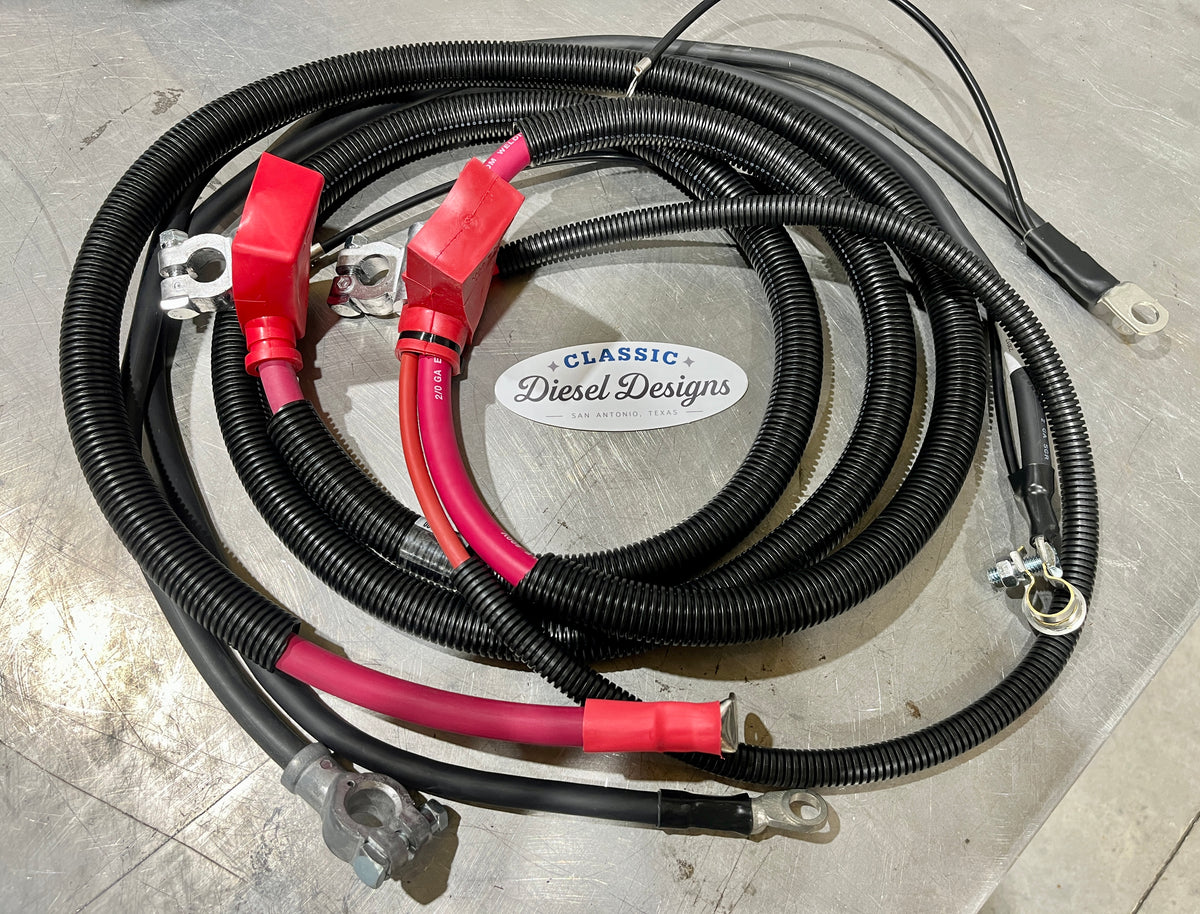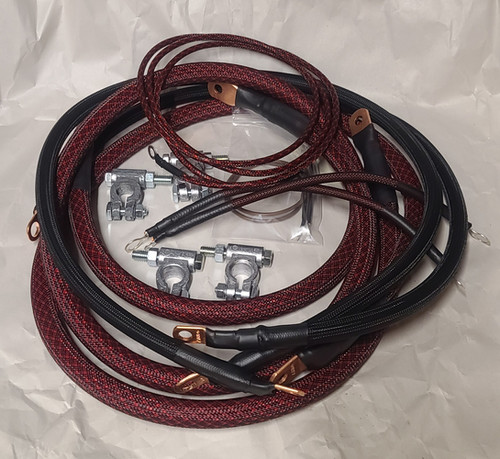Mf7lakes : Very happy you found it. There is nothing like the peace of mind one gets once one knows where the problem is.
FWIW, my van does not have a sharp bend in the heavy battery bus. I also consider it poor practice to sharply bend wires, especially large wires, due to the tensile stress placed on the wire along the outer radius of the bend. It promotes metal fatigue and stress cracking, followed by corrosion.
I wonder if truck electrical shop or welding shop would have the proper crimpers and connectors/lugs to fabricate a replacement link for you. Old Goat mentioned NAPA had tools to make these on the fly. I had to fabricate replacement links when I replaced my glow plug wiring, and fabricated integral fuse wire so that a disaster at my glow plug relay wouldn't fry my batteries or wiring harness. A caveat I ran into is selecting proper wire insulation compatible with under-hood temperatures and oils.
Personally, I like to crimp then solder, the solder mostly acting as a filler to keep any battery acid from wicking into the connector. Dielectric grease would help too to displace contaminates.
I have the same kind of battery lugs Old Goat posted above. Whichever kind fit best. I have up to four ring terminals on each battery lug. My heavy circuits are the starter motor, alternator, glow plugs, fuse box main feeder, and an auxiliary power distribution relay / fuse box for toys.
( Fuse wire aka a "fusible link" is just plain stranded copper wire, it's just that it's insulation is appropriate for containing the aftermath of molten wire and arcing upon circuit overload, with the link designed to fail first by sizing it about four gauges smaller than the wire it is protecting.)
.


